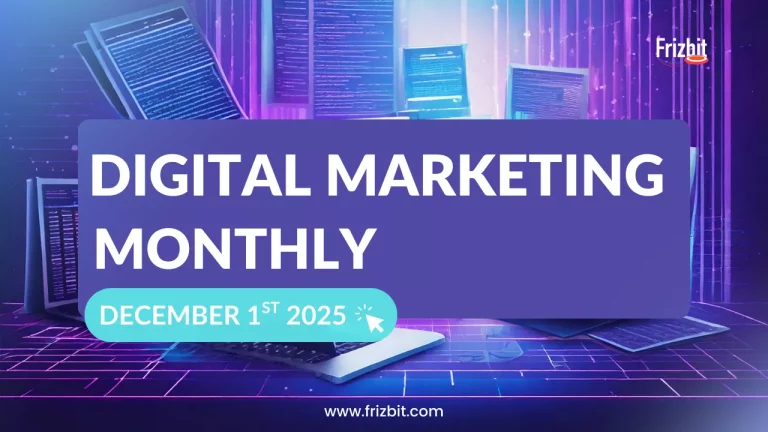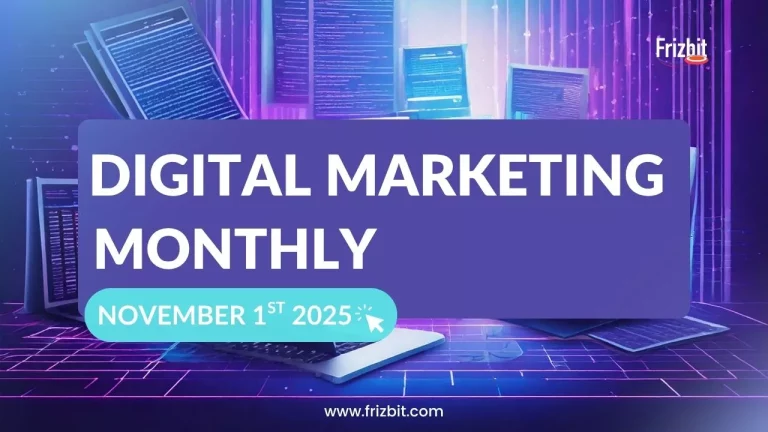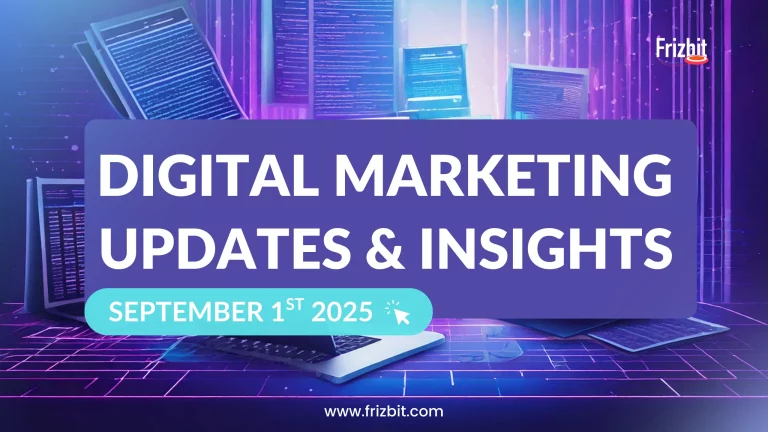What is Hyper-personalization? How does it differ from traditional personalization?

Artificial intelligence has brought about the phenomenon hyper-personalization, which enables more appealing and individualized communication with consumers.
Traditional personalization in customer engagement has been used commonly in email marketing. This mainly consists of simply including some static fields from the customer database to the email body, such as a customer’s name or salutation.
Hyper-personalized messages, on the other hand, enhance the customer experience by tailoring to each individual’s preferences based upon user behavior. More than simply including the customer’s name in an email, hyper-personalized campaigns utilize real-time data and user behavior to create the most effective automated, individualized communication strategies.
Frizbit enables optimal communication with customers by taking all of the available data points that take individual wants and needs into account. The hyper-personalization offered by Frizbit can provide you with behavior-driven marketing campaigns in multi-channel, that you will only need to setup once before you start bringing your customers back and start increasing your revenues.
Hyper-Personalization Can Help You…
1. Compose individualized, appealing messages with dynamic parameters
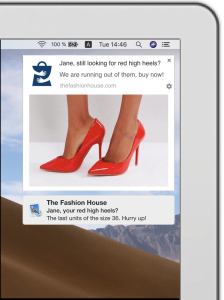 Not surprisingly, Frizbit allows you to address each of your users personally with their individual names included in your text. However, to take your campaign to the next level, Frizbit provides the ability to hyper-personalize your messages by using multiple dynamic parameters in both your text used and images displayed. Inviting, individualized language that makes use of the data points listed below will make your customers feel that they are valued, increasing re-engagement.
Not surprisingly, Frizbit allows you to address each of your users personally with their individual names included in your text. However, to take your campaign to the next level, Frizbit provides the ability to hyper-personalize your messages by using multiple dynamic parameters in both your text used and images displayed. Inviting, individualized language that makes use of the data points listed below will make your customers feel that they are valued, increasing re-engagement.
- Product Data: Products or services previously engaged with their names, categories, images, prices, etc.
- Purchase History of the User: Total amount spent, frequency of purchase, basket size, basket value, categories of products.
- Time of Engagement: Last time of visit, last time of taking an action, how many specific actions they took in a certain period of time, how often they visit, registration date
- Device Data: Device model, brand, operating system, version, browser used
- Browsing History: Web pages visited, terms searched, filters and sorting selected, time spent and actions taken on the website.
2. Nail the timing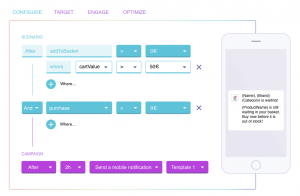
Hyper-personalization enables you to figure out when users would be most likely to engage with your company. With Frizbit, you can either set messages to be sent at a specific, repeated time or at a time triggered after a specified user engagement. This way, if you want John to receive a reminder for an event that occurs at 8 a.m. every Tuesday, he can, or if you want Jane to receive a message 24 hours after she last visited your site, she can, too.
3. Target based upon user behavior 
Using hyper-personalization, you can make it so that certain user behaviors trigger specific messages. These can be sent to the users through the preferred channel at the time of the behavior or at a specified time after the behavior. For example, a clothing website could individualize messages based off of what a user buys, how much a user has spent, or at what time a user has engaged the most. To prevent annoying your users, which may cause them to opt out of messages, Frizbit allows you to limit the number of messages received by a single user in a certain timeframe with the Frequency Cap feature and limit the lifetime of your messages with the Time to Live feature.
4. Use the preferred language of users
Frizbit has the ability to pick up on the preferred language of the user based on the default language on his or her desktop or mobile device or the language they choose to use on the website. This way, whether one is an English or Spanish speaker in the United States, for example, your company can communicate with him or her in a way they will understand and appreciate.
5. Make use of users’ geolocation
 Knowing the specific time zone, country, city and even the local area a customer is located in is important when it comes to effective communication. Taking advantage of this information will make it possible to send messages at the times in which your subjects will be most likely to engage. Also crafting your messages differently for each city or country will yield improved results in your campaigns.
Knowing the specific time zone, country, city and even the local area a customer is located in is important when it comes to effective communication. Taking advantage of this information will make it possible to send messages at the times in which your subjects will be most likely to engage. Also crafting your messages differently for each city or country will yield improved results in your campaigns.
6. Segment using demographics
Further segment users based upon the following demographics in order to communicate more effectively.

- Name
- Gender
- Age
- Civil status
- Birthday
7. Choose the right channel

Whether a message is sent via email, text message, web push notification, or app push notification makes a difference in how it is perceived. For example, if you are sending a detailed progress update, an email would be the best route, but if you are reminding a customer about a sale ending in an hour, a quick text message would be the way to go. For registered users, you can use email and SMS, while non-registered users can opt to receive push or app notifications, so they do not feel invaded. With Frizbit, you can create automated and hyper-personalized campaigns in each of these channels, which will give you the freedom to choose which platform will work best for each message you wish to send.
With Frizbit’s hyper-personalization, you can create meaningful connections with your users through effective communication on a variety of channels. The artificial intelligence used will improve the reception of your products and services, increasing customer re-engagement. Register to Frizbit for an online demo to see how hyper-personalization can improve communication with your customers today!
